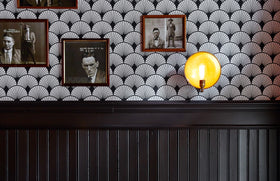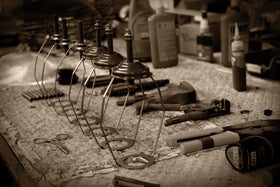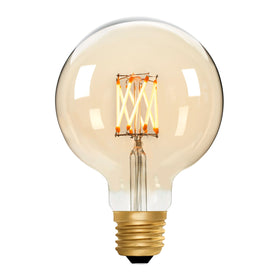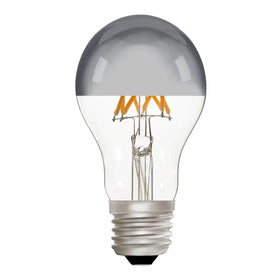
The Quirky History Of The Lava Lamp
In the world of quirky lighting, the lava lamp is one of the most iconic, unique and immediately eye-catching lights that has adorned the desks of so many people over the years.
Part of the reason for this is that the concept is so simple and yet so mesmerising; most lava lamps consist of water and a paraffin wax that melts and rises when it is near the heat and light source at the bottom of the lamp before cooling and falling again, often bumping into rising parts of the wax.
The inventor of the lava lamp was a former Second World War reconnaissance pilot by the name of Edward Craven Walker.
He has a rather unique history in his own right, being a member of a naturist camp and even becoming a taboo-breaking filmmaker in the process.
His life would take him in a new direction in 1963, however. He spotted a rather unique egg timer being used in a country pub in Dorset that had been made by a regular patron by the name of Donald Dunnett.
It used two fluids that could not mix together and fascinated Mr Craven enough that he immediately set to work trying to turn the concept into a lamp of some kind.
He would try several different bottles of different shapes, ultimately settling on a unique, rocket-shaped bottle that had previously been used to store Tree Top orange squash.
With the water and paraffin wax mixture, its shape was long and wide enough to allow the wax to float around effectively, and once released as the Astro Lamp in 1963, became an immediate and enduring hit, arguably shaping a lot of “swinging sixties” culture around it.
It became a symbol of psychedelia with its bright colours and mesmerising look, and whilst the lamp itself often enters cycles of popularity, it is always seen as a symbol of that particular decade and the Summer of Love mentality that surrounds it.







